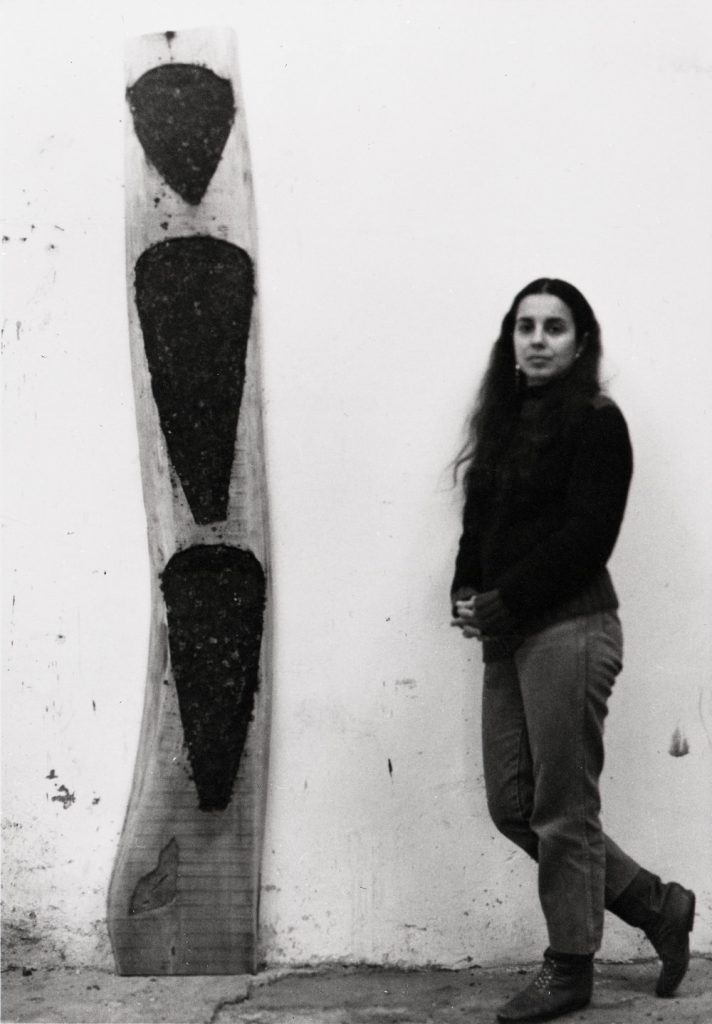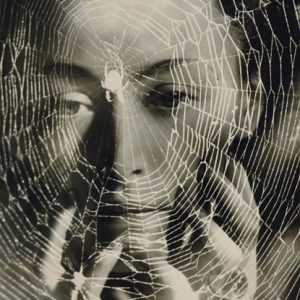
Ana Mendieta, a Cuban-American artist born on November 18, 1948, in Havana, was a multifaceted creative force specializing in performance art, video, and sculpture. Central to her artistic exploration was the interplay between the female form and the natural world. Among her most captivating works are those featuring photographs and video footage capturing her body blended seamlessly into natural surroundings, exemplified in pieces like “Untitled (Silueta Series Mexico)” (1973–1978).

At the age of 12, Mendieta immigrated to the United States, escaping the oppressive Castro regime in Cuba, leaving her parents behind. Her nomadic early life profoundly influenced her artistic endeavors, with much of her work reflecting a poignant longing for her homeland. Explaining the connection between herself and nature in her art, she stated, “My exploration through my art of the relationship between myself and nature has been a clear result of my having been torn from my homeland during my adolescence. It is a way of reclaiming my roots and becoming one with nature.”
Mendieta pursued her academic journey, earning an MA in painting and an MFA in intermedia from the University of Iowa. After completing her degrees, she relocated to New York, where she crossed paths with her future husband, Minimalist sculptor Carl Andre. Tragically, Mendieta passed away at the age of 36 on September 8, 1985, falling from the 33rd floor of a Greenwich Village building. Although Andre was initially considered the sole suspect in her untimely death, he was later acquitted.

In 2005, the Des Moines Art Center in Iowa curated the exhibition “Ana Mendieta: Earth Body, Sculpture and Performance 1972–85,” garnering critical acclaim. Today, her impactful works are showcased in esteemed institutions such as the Solomon R. Guggenheim Museum in New York, the Art Institute of Chicago, and the Centre Georges Pompidou in Paris. Mendieta’s artistic legacy, intertwined with her advocacy for women’s rights, endures as a testament to her enduring impact and the personal sacrifices she made for her art. Notable pieces like “Untitled (Facial Hair Transplants)” (1972) not only explore power dynamics through hair transfer but also echo childhood memories of her grandmother playfully using Mendieta’s long braids as a mustache, portraying imaginary characters.


